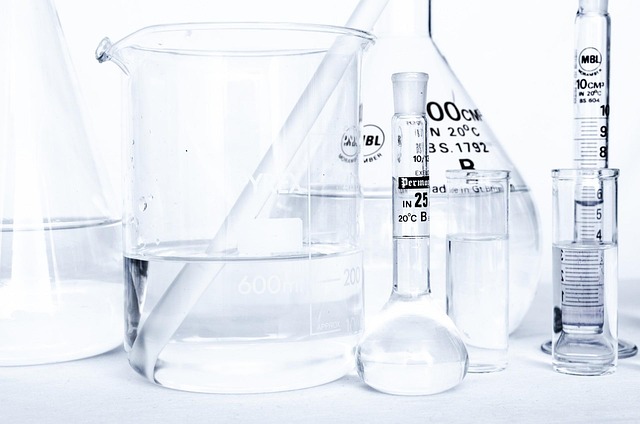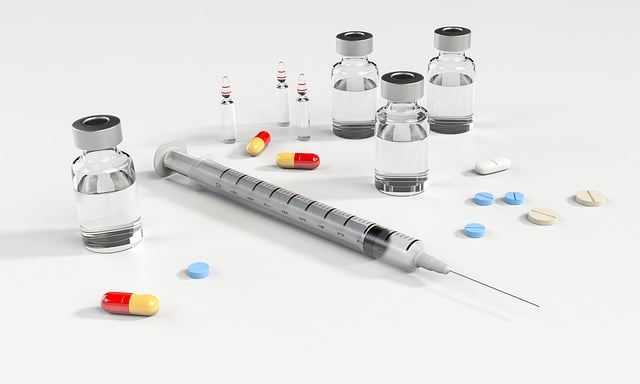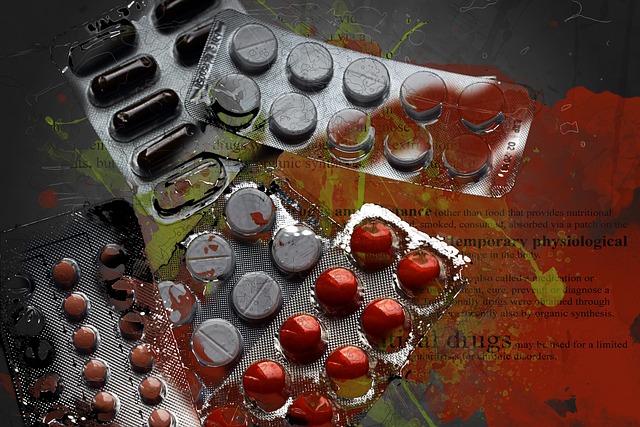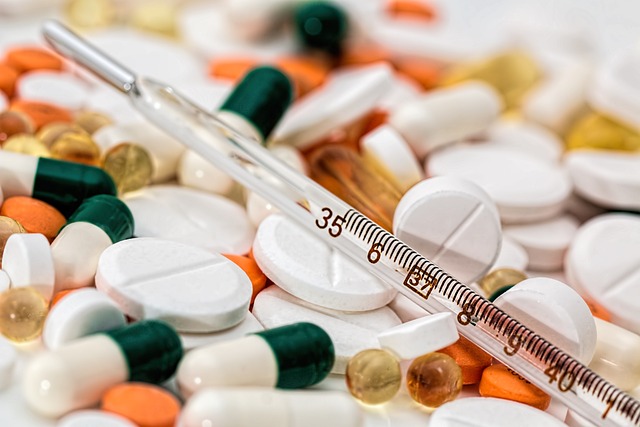Understanding and adhering to MHRA guidelines for pharmaceutical label design and translation in the UK is crucial for product safety, legal compliance, and effective patient communication. Professional translation services specializing in medical terminology ensure accurate, clear drug information across diverse linguistic groups, reducing errors and misuses. Key aspects include strict adherence to MHRA requirements, effective label design, and thorough reviews at every development stage. Engaging these specialized services is a vital step in ensuring compliant and reliable pharmaceutical labels in the UK market.
“In the UK, pharmaceutical labels must adhere to stringent regulations to ensure patient safety. Understanding these guidelines is crucial for manufacturers to avoid legal pitfalls. This article delves into the intricacies of UK pharmaceutical label requirements, highlighting the essential role of professional translation services for multinational companies. We explore key design considerations and provide a step-by-step guide to compliance, ensuring your product labels meet all necessary standards. Discover how translation expertise can be your game-changer in navigating these regulations, especially when localising pharmaceutical products for the UK market.”
- Understanding UK Regulations for Pharmaceutical Labels
- The Role of Professional Translation Services
- Key Considerations in Label Design and Content
- Ensuring Compliance: A Step-by-Step Guide
Understanding UK Regulations for Pharmaceutical Labels

Understanding UK regulations for pharmaceutical labels is a critical step in ensuring product safety and compliance with legal requirements. The Medicines and Healthcare products Regulatory Agency (MHRA) sets out detailed guidelines for label design, content, and language to protect public health and ensure drug information is clear and accessible. These guidelines cover various aspects, including mandatory information, formatting standards, and language considerations, especially when it comes to translating pharmaceutical labels for the UK market.
Translation services play a vital role in helping manufacturers and distributors meet these requirements, ensuring that product labels are accurate and consistent across different languages. Accurate translation is essential, as incorrect or inadequate labelling can lead to serious consequences, including legal repercussions and potential harm to consumers. Therefore, it’s crucial to work with professional translators who have expertise in pharmaceutical terminology to avoid any misinterpretations or oversights that might compromise the safety and efficacy of medications.
The Role of Professional Translation Services

In the UK, pharmaceutical labels must be accurate and clear to ensure patient safety. This is where professional translation services play a vital role, especially for multinational companies looking to comply with local regulations. Accurate translations are essential to convey critical drug information in a language that patients can easily understand, reducing the risk of errors and misuses.
Translation services for pharmaceutical product labels in the UK require specialized knowledge of both medical terminology and linguistic nuances. Professional translators must possess expertise in pharmacology and be fluent in both English and the target languages. They ensure that technical terms are correctly translated and that cultural considerations are taken into account, ensuring compliance with guidelines from bodies like the Medicines and Healthcare products Regulatory Agency (MHRA).
Key Considerations in Label Design and Content

When designing pharmaceutical labels in the UK, adhering to the guidelines set by the Medicines and Healthcare products Regulatory Agency (MHRA) is paramount. Key considerations in label design include ensuring clear and legible text, using standardised symbols and graphics, and providing all mandatory information such as active ingredients, dosage instructions, and potential side effects. Translation services for pharmaceutical product labels UK are crucial to guarantee that these vital details are accurately conveyed to diverse user groups, regardless of their language proficiency.
The layout and design should facilitate easy scanning and comprehension. Using contrasting colours, appropriate font sizes, and a logical organisation of data points can significantly enhance readability. Moreover, including a patient information leaflet or a dedicated section for additional instructions can offer more detailed explanations, catering to both patients and healthcare professionals. Remember that the label is often the first point of contact between the user and the medication, so ensuring its effectiveness through meticulous translation and design is paramount.
Ensuring Compliance: A Step-by-Step Guide

Ensuring your pharmaceutical labels comply with UK guidelines is paramount for product safety and legal integrity. Start by understanding the applicable regulations, such as those set forth by the Medicines and Healthcare products Regulatory Agency (MHRA). Next, involve a professional translation service specializing in pharmaceutical labels to accurately translate any non-English text while maintaining regulatory compliance.
Conduct thorough reviews at every stage of the label development process. Verify that all required information is present, accurate, and clearly legible. This includes crucial details like active ingredients, dosage instructions, potential side effects, and expiration dates. Regularly update labels to reflect changes in product formulations or safety warnings, ensuring ongoing compliance with MHRA standards.
When it comes to pharmaceutical labels, adhering to UK guidelines is paramount. By understanding these regulations and leveraging professional translation services for Pharmaceutical Product Labels UK, you can ensure your labels are both compliant and effective. Key considerations in design and content, combined with a step-by-step compliance guide, will help navigate this process smoothly. Remember, accurate and clear labeling is not just a regulatory requirement but also plays a vital role in patient safety and product differentiation.



